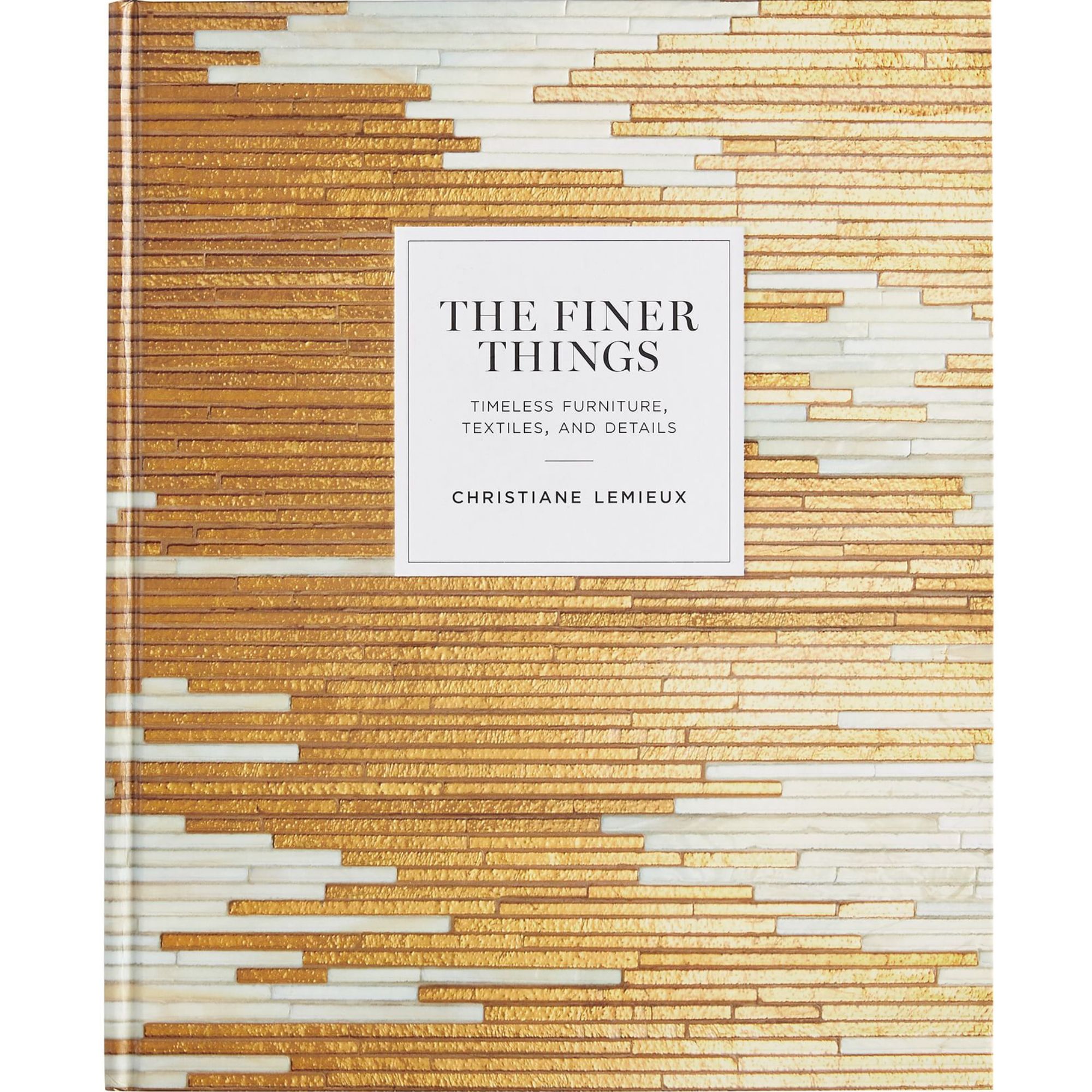How to evolve your home as trends change – 7 designer secrets to having an adaptable style
Interior designers reveal how to create a shape-shifting home that adapts with your changing taste and style
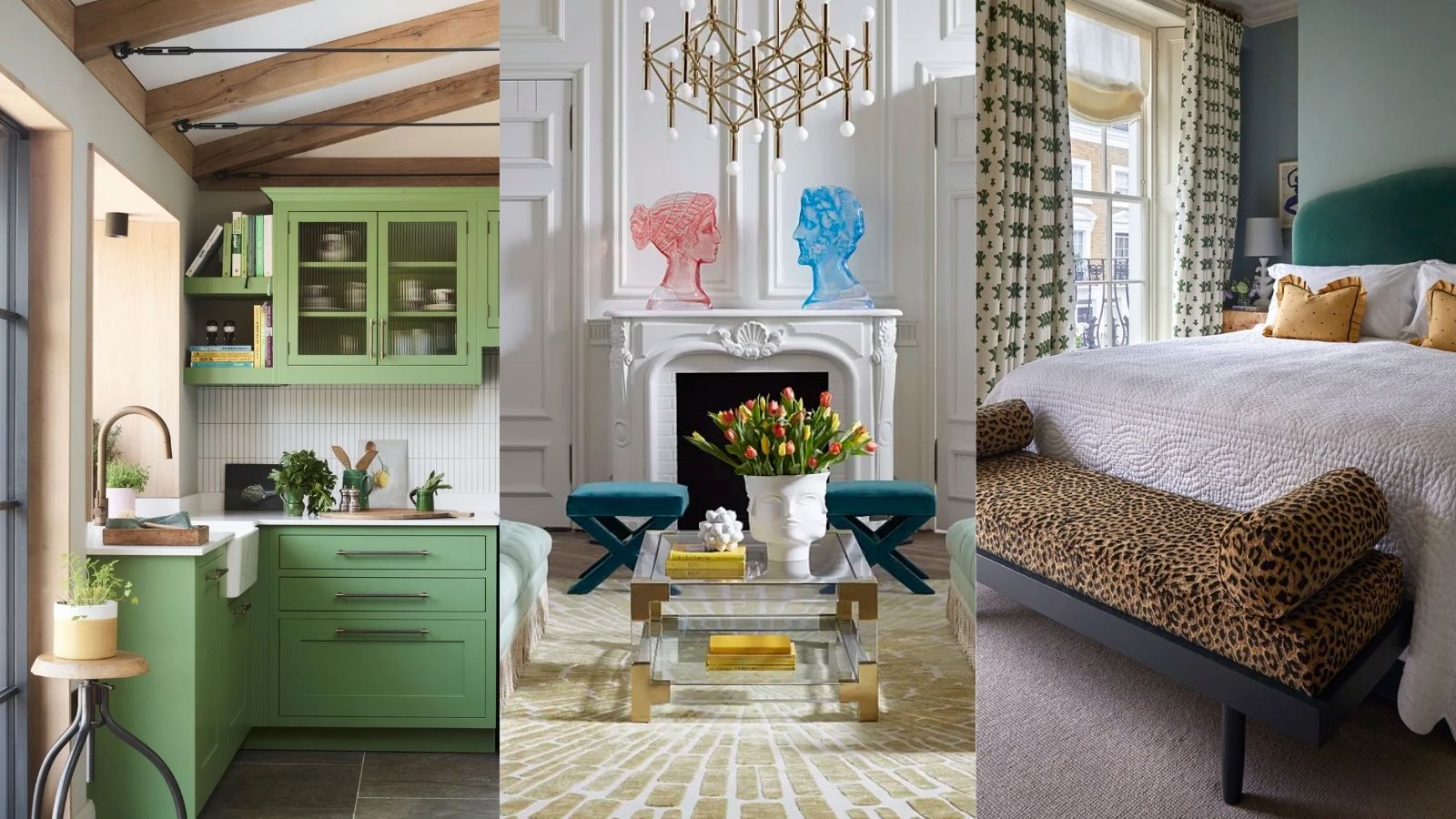

One key consideration when decorating is longevity. How do you know you won't tire of the colors, decor, and artwork in a few years? What if the materials you choose don't stand the test of time?
Much like when designing a home that never dates, the secret is to create a flexible, timeless foundation, and to be guided by what you love. If you go for furniture with classic, clean forms, then more trendy, of-the-moment items can be switched in and out.
Below, we are sharing seven ways to make a home that can be updated with ease, with interior designers' tips on how to evolve your home as tastes and trends change.
7 ways to evolve your home as tastes and trends change
'In the dynamic world of interior design, the only constant is change,' says interior designer Nina Lichtenstein. 'Tastes evolve, trends shift, and your home should gracefully adapt to reflect your evolving style.'
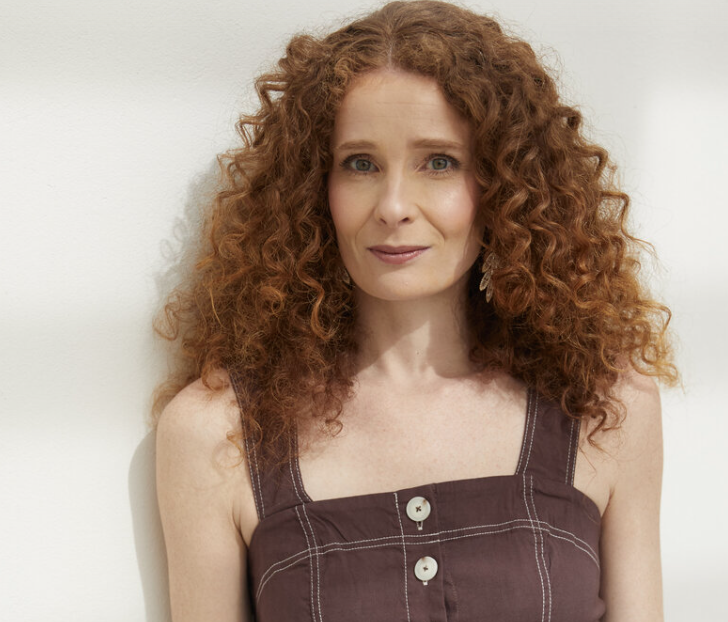
Nina Lichtenstein is the founder and principal home designer at her eponymous design studio, based in Westchester, NY. Nina believes that home design should capture a family’s unique spirit by how it serves the family's daily needs while nourishing the soul. She has been celebrated for designing, renovating, and building elegant living spaces.
1. Consider the future use of a room when decorating
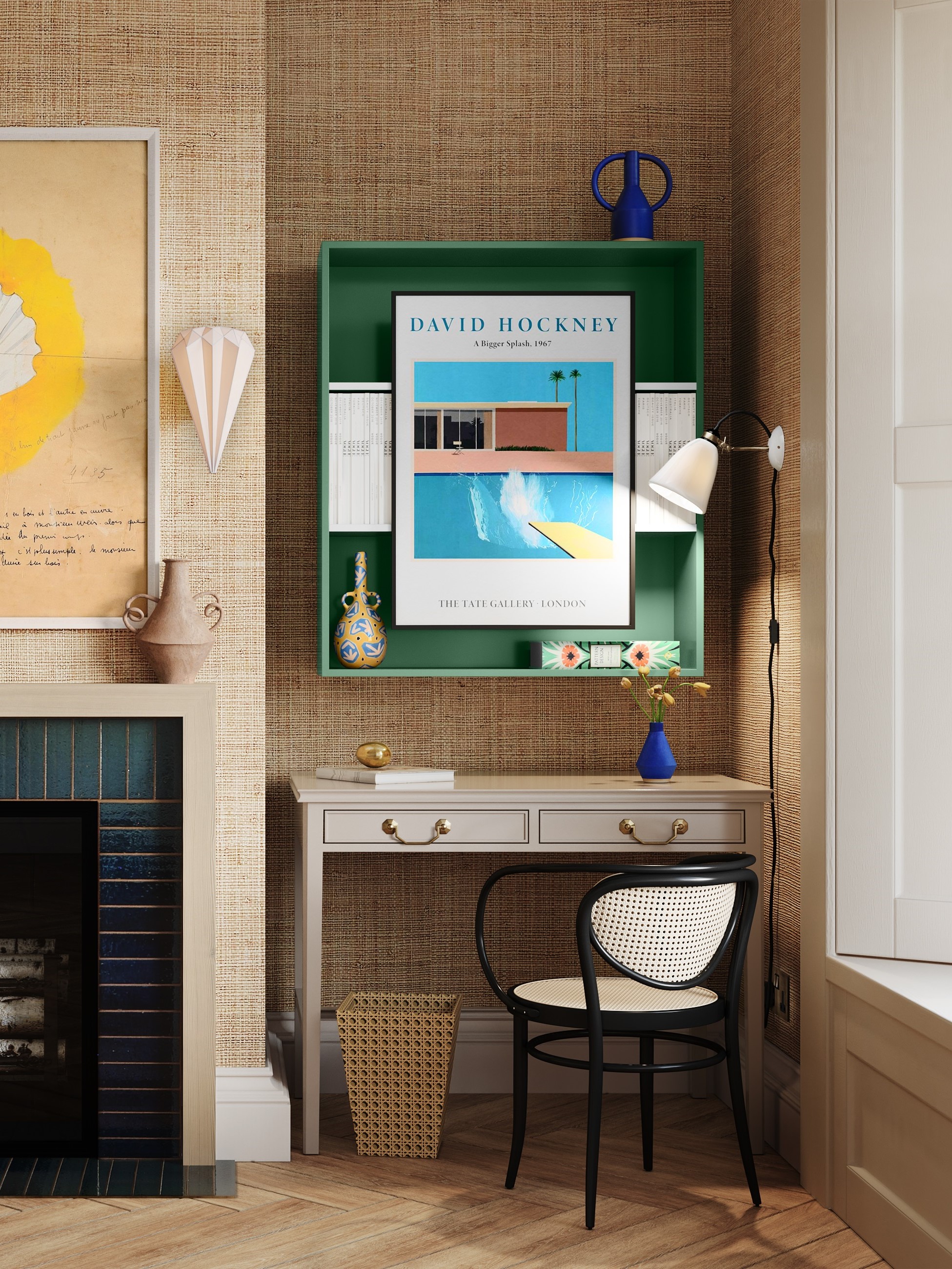
The first way to ensure your home will change with the times is to think ahead when choosing paint, furniture, and materials. 'Think of the space or room as more than one type of function for future use,' begins Lisa Lalaounis, an interior designer at Decorators Unlimited, a design firm based in Florida.
'What room would you like to have if this was not a bedroom? Planning a room with a future purpose will influence your selections. It will be easier to transition a room into another usage, such as a bedroom into a home office or gym.'
2. Blend old and new
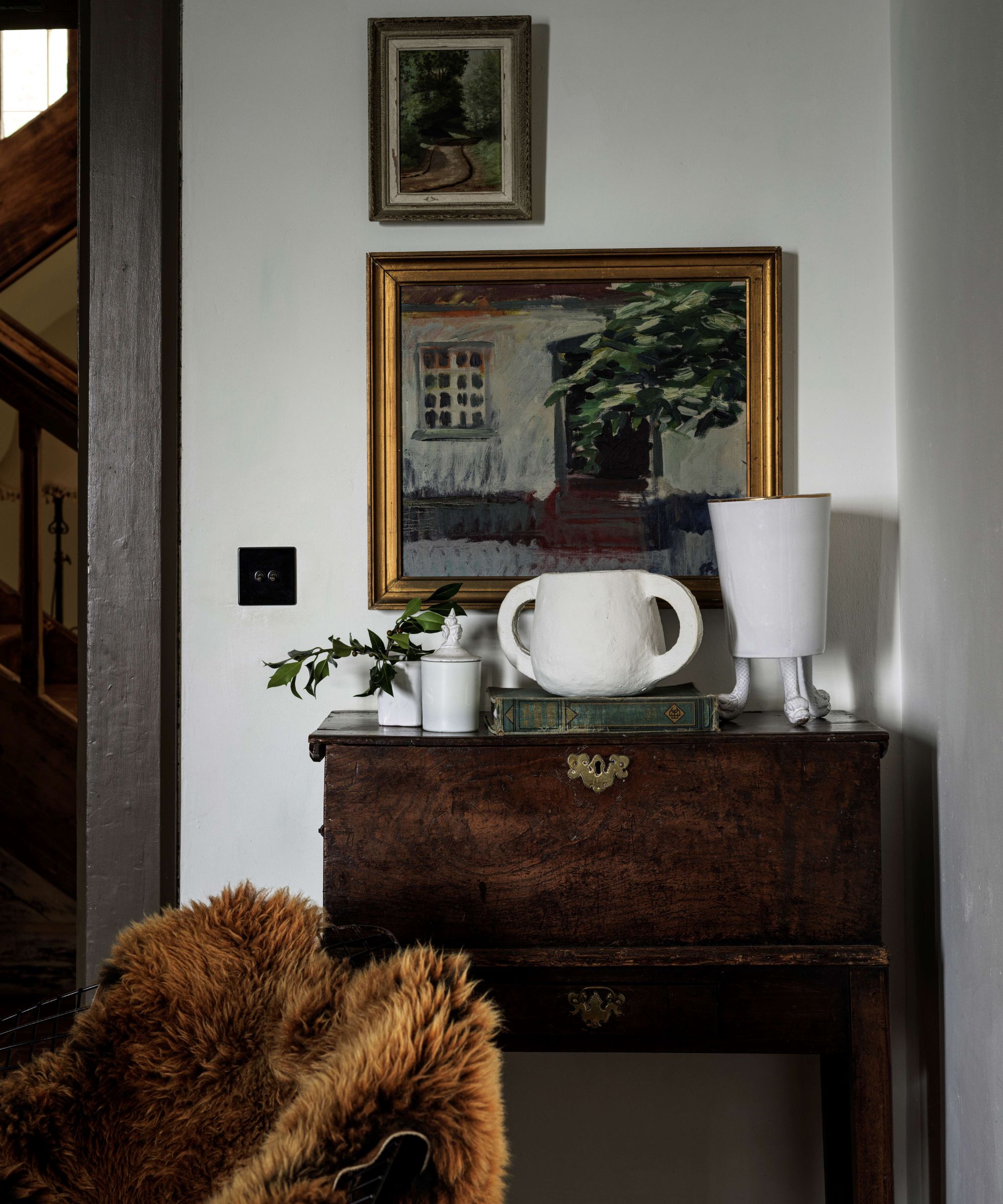
Sometimes, we think that having a mixture of heirlooms and modern pieces is a disadvantage because we're unsure of how to make everything 'go' together. But in reality, a home that combines the old and new is a home that will never date because it's a visually intriguing blend that doesn't look 'of a certain era'.
'Select furniture pieces that introduce the old with the new such as a family heirloom dining table with new updated dining chairs,' suggests Lisa Lalaounis. 'In doing so, the home has a more curated look and is not so predictable. The most interesting design is when the furniture selections each offer their own story to tell.'
Mixing classic and trendy elements is also one of interior designer Julie Beuerlein's favorite things to do – for herself and her clients. 'I take their classic pieces and mix them with newer, trendy accessories. For instance, you can recover your grandmother’s chair in a fun, trendy print or pattern.' For more inspiration, you can read our guide to decorating with family heirlooms.
3. Be guided by your own tastes
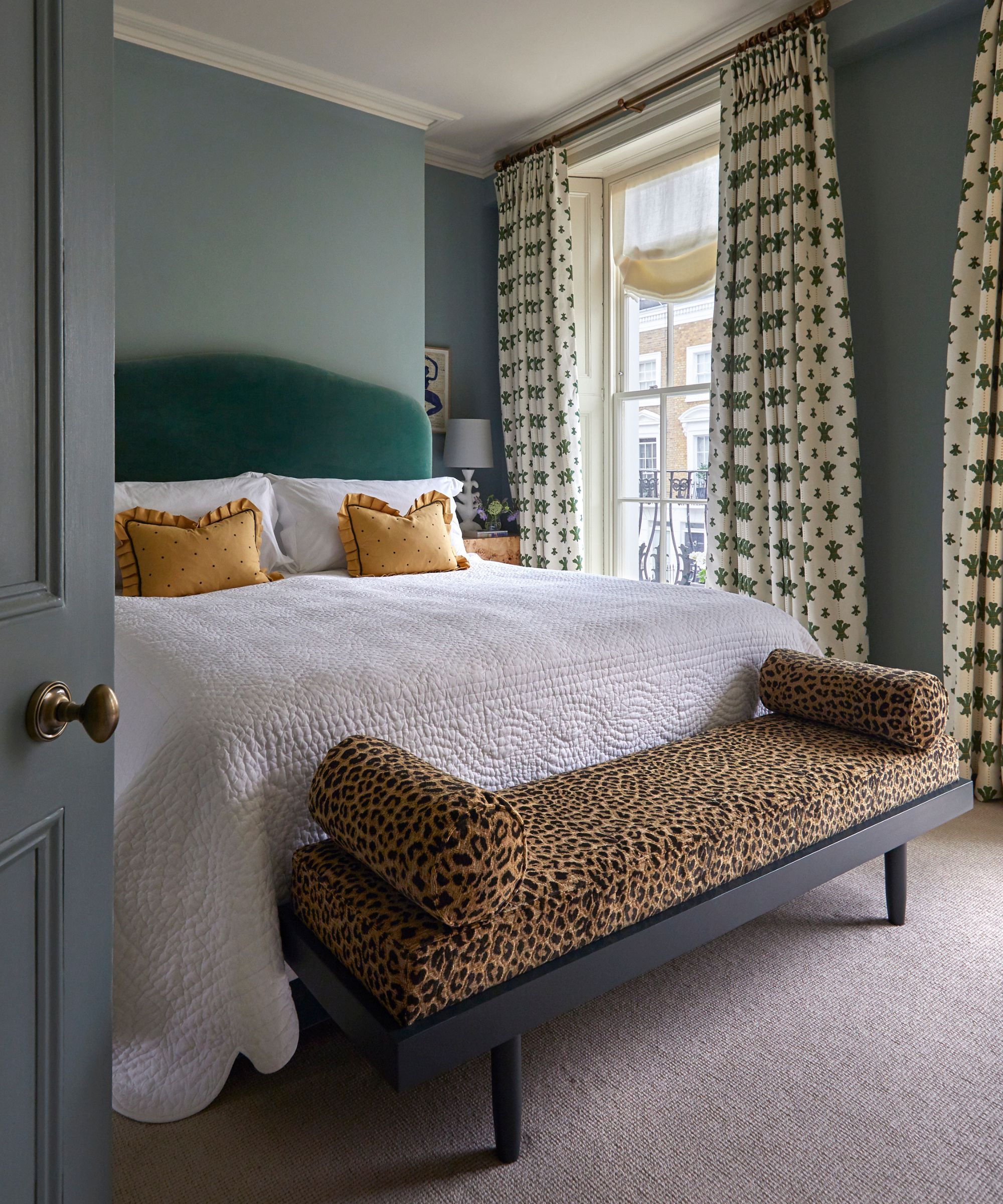
The most interesting and timeless homes are those decorated with confidence. Whether it be a home full of bold color and animal prints, or something Scandi and pared-back, it might not be for everyone, but it reflects the tastes of the people living there.
'Don't feel the need to change your home just because of what's currently all over social media. Invest in pieces you love that are well made, and they will be timeless,' advises interior designer Leah Harmatz.
'Remember that your home should be a reflection of your own tastes. Incorporating interior design trends can be great, but they can change quickly and you don’t need to keep up with every design fad,' reminds Octavio Estrada, architectural designer at Block Renovation.
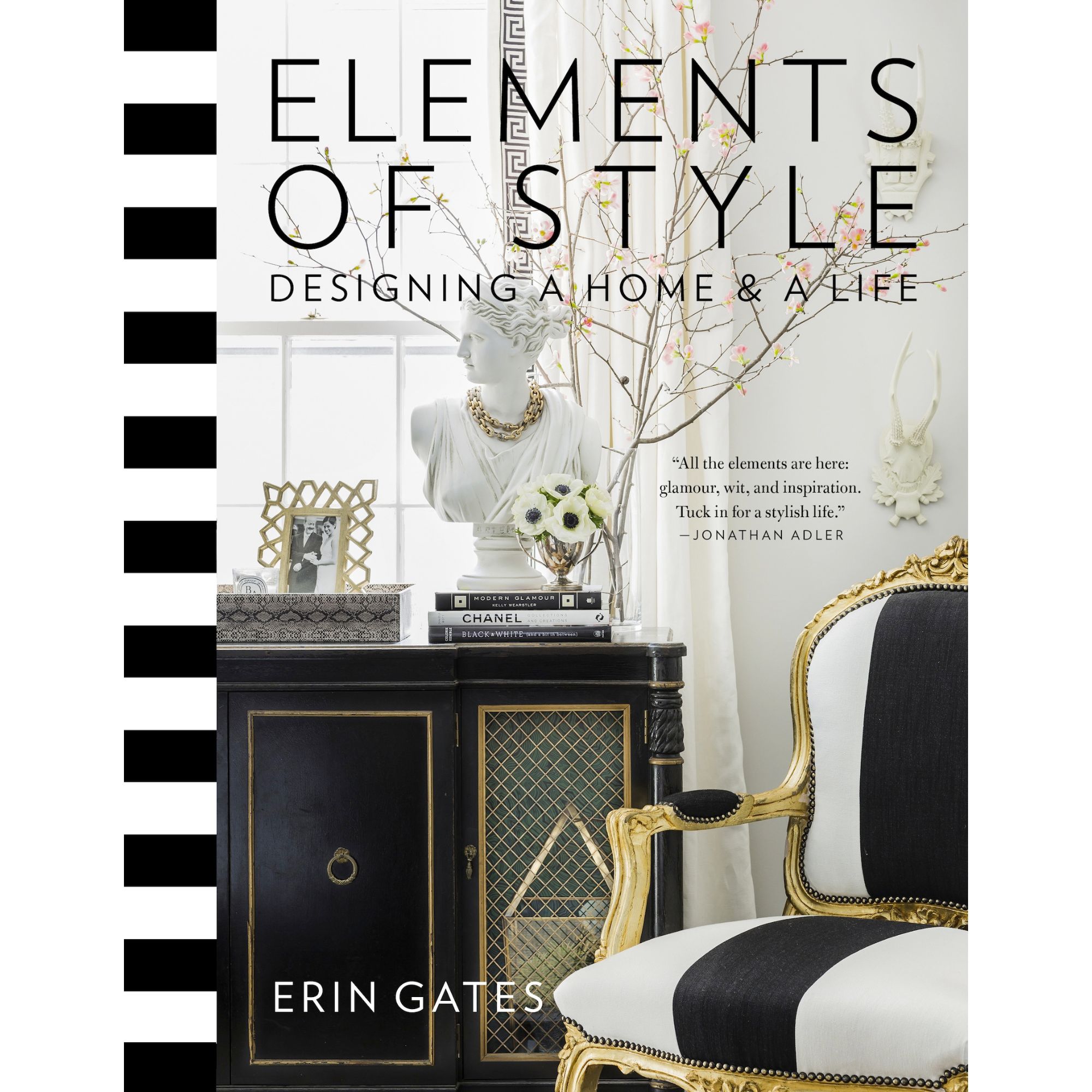
Erin Gates' book will up your shelf game and look incredible on a coffee table, and it's packed with relatable, funny advice on the best ways to style an interior. It will elevate your home without a hint of elitism or snobbery.

Assouline's travel books are an obvious but essential choice of coffee table book. They make a bold color statement even before you've opened them, and inside is a treasure trove of photography based on the world's most beautiful places.
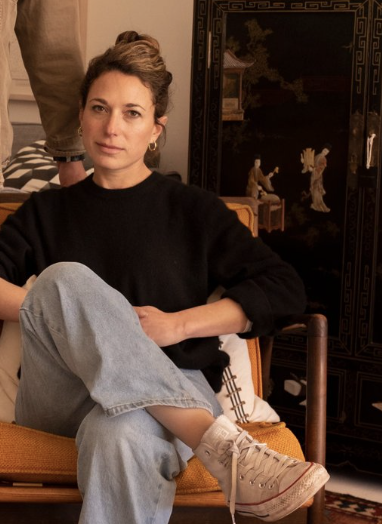
Leah Harmatz founded Field Theory in 2015, guided by the belief that beautiful, functional design has a direct impact on our daily lives. The design firm aims to add character and warmth to residential and commercial spaces with eclectic, layered designs and a point of view that activates all the senses.
4. Has the trend been popular in the past?

Trends swing on a pendulum, so when choosing your new couch, kitchen, or dining table, check to see if the style has been popular in times gone by. 'A good sign that something popular has longevity is if this trend has also been popular in the past,' explains Octavio.
'Design elements that appear to be recycled over time (neutrals, brass accents, bright and airy spaces, etc) are usually symptomatic of timeless staples that keep getting repurposed for a reason.' For instance, when choosing the smaller details, such as kitchen hardware or door handles, look to Victorian designs and shapes to add a little history to modern-looking cabinetry.
5. Shop sustainably
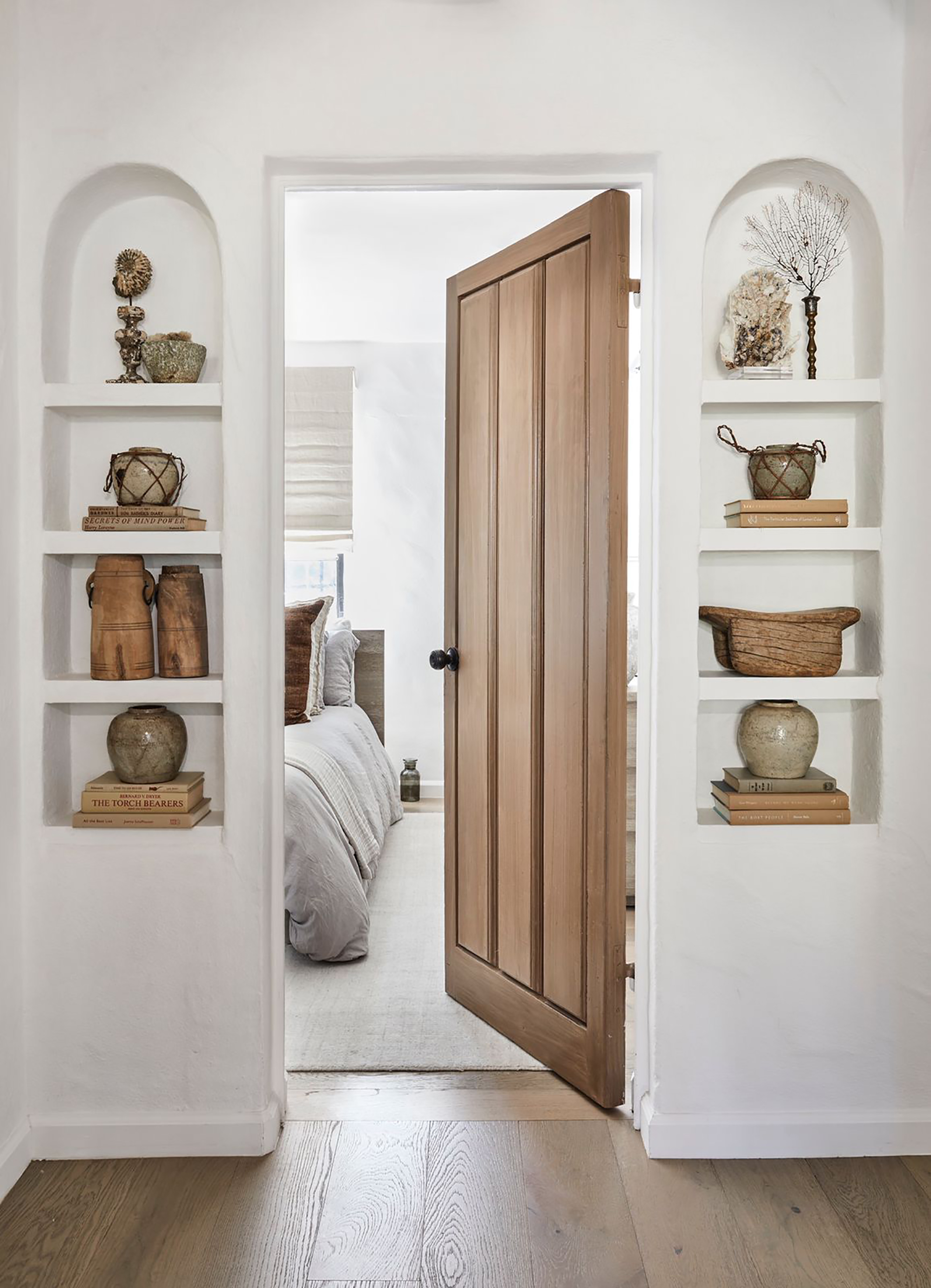
Take inspiration from designer and author Jonathan Adler, who says, 'If your heirs won't fight over it, we won't make it,' and purchase the best quality pieces you can afford. Whether creating a timeless bedroom, kitchen, or bathroom, this will be more sustainable in the long term with less going to landfill. 'When possible, choose sustainable and eco-friendly options,' agrees designer Octavio Estrada. 'Natural materials like wood, stone, and cotton are timeless.'
6. Choose nature-inspired decor and colors
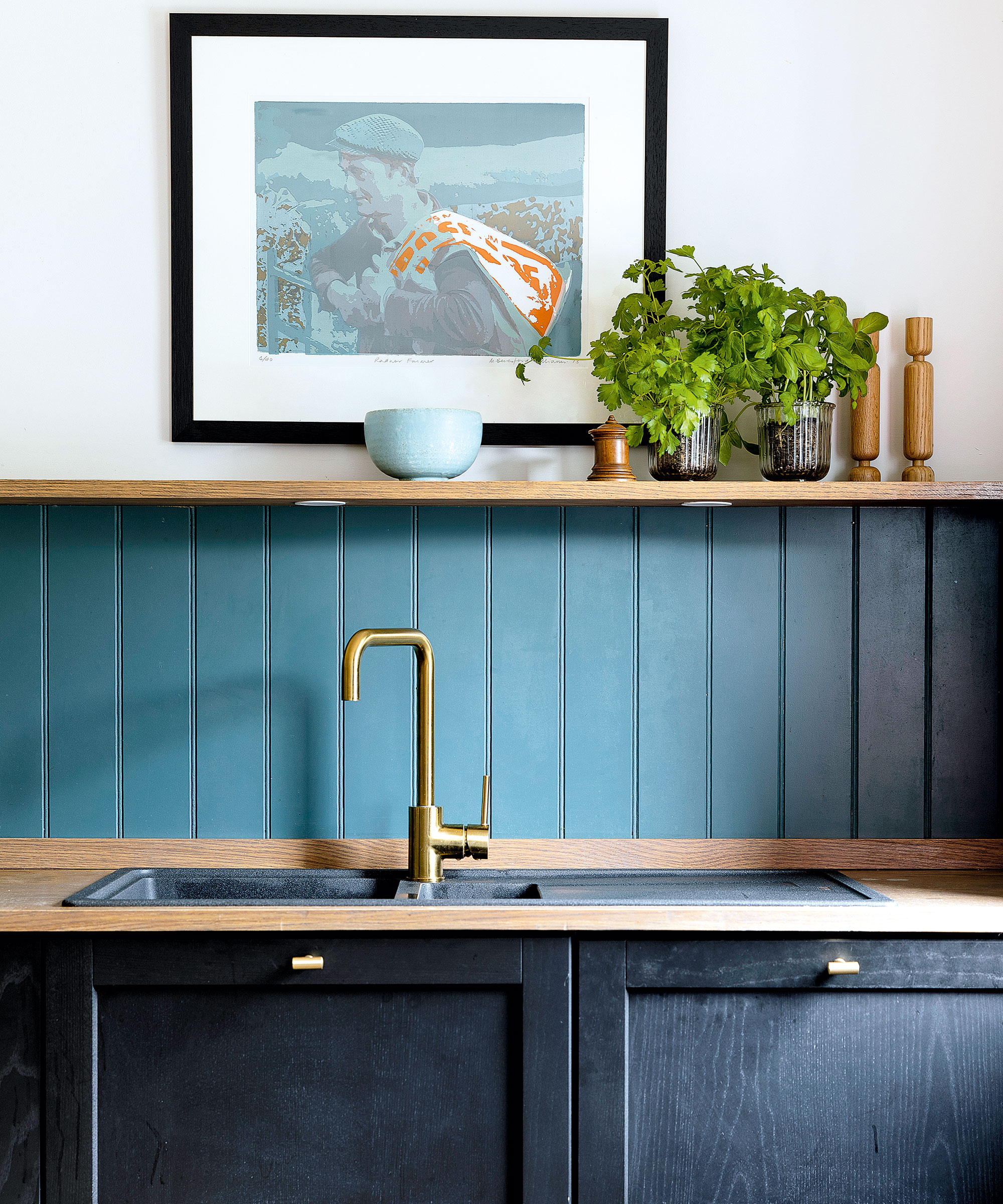
Nature-inspired paint, wallpaper, and furniture will always be a safe bet because they take their cue from Mother Nature. 'Incorporate nature-inspired design and neutral, grounded colors as the backdrop,' suggests interior designer Nina Lichtenstein. 'This approach not only withstands the test of time but also allows you the flexibility to switch furniture, home decor, or accents as trends ebb and flow.'
Nina's top tip is incorporating decor elements inspired by nature, such as botanical prints, natural textures, and organic shapes. For example, add throw pillows with leaf motifs, introduce woven baskets for texture, or display vases with branches to infuse natural elements that stand the test of time.
7. Use a neutral foundation
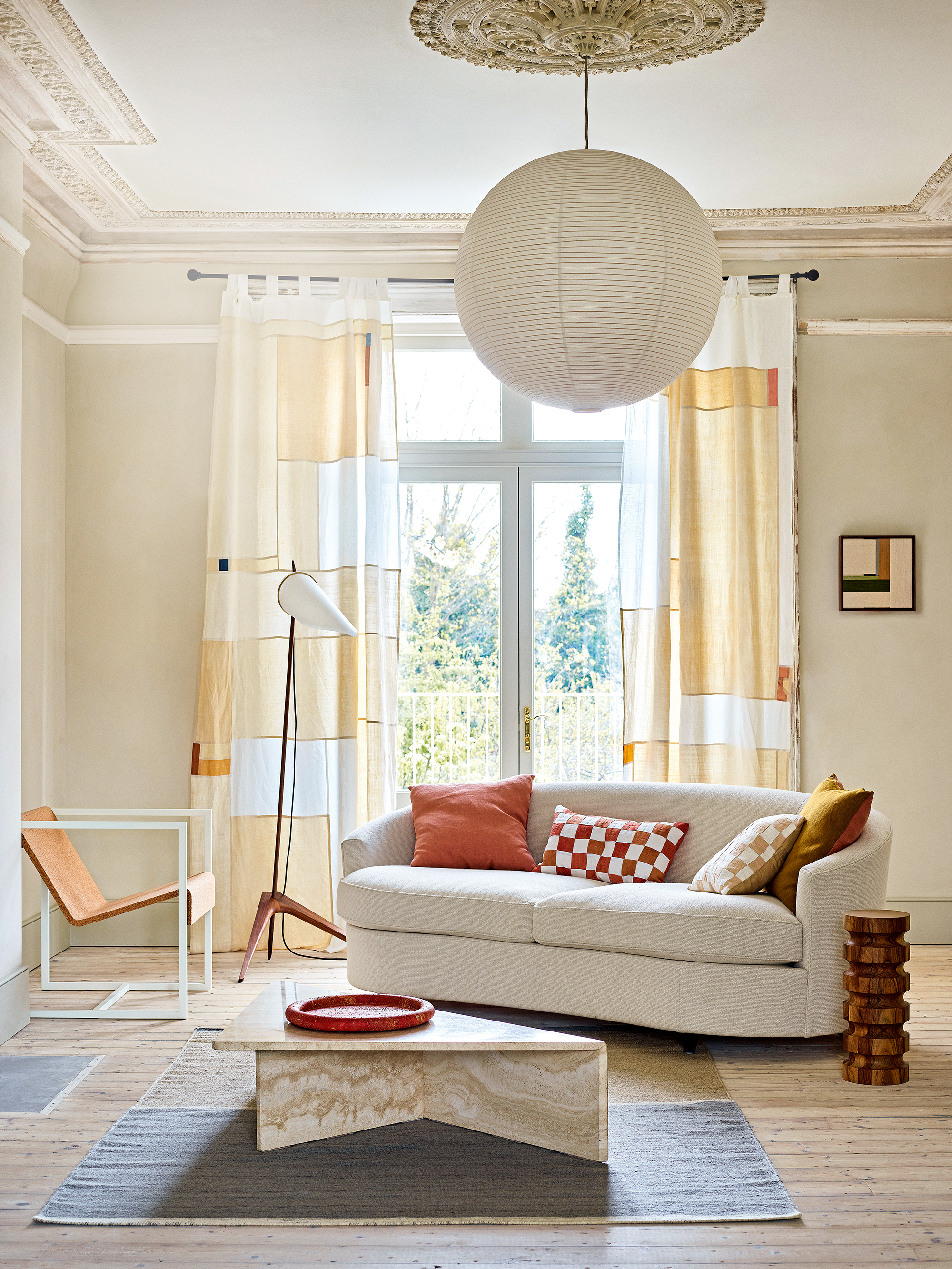
Finally, you can always use the old trick of decorating with neutrals for your foundation and then adding more colorful and trend-led accessories. Designer Susie Novak recommends using neutral colors for your larger pieces in the room, such as white, camel, leather, black, wood, and indigo. Then you can easily make updates without a significant overhaul.
'A neutral palette is a great backdrop for accent colors as they may come and go,' echoes Lisa Lalaounis. 'For decor, a neutral sofa with accent pillows, curtains, and rugs in the trend color is a great way to change up your palette without a major commitment. In addition, accessories and artwork are another way to keep the design interesting and an opportunity to bring in your new colors, textures accents, and home decor.'
FAQ
How can I breathe life into a tired space?
For a quick update, you can repaint your trim rather than the entire wall, rearrange the furniture, or update your lighting fixtures. 'I find the easiest ways to achieve an affordable and quick refresh are changing out knobs and hardware for different finishes, or giving a room a new coat of paint or wallpaper. I also love rotating art and pillows – just editing the styling of a space can go a long way,' says Leah Harmatz.
There's also an importance in knowing where to spend and where to save when decorating: designer Kathy Kuo says anchor pieces, such as your sofa, coffee table, bed, dresser, and accent chair are the pieces to invest in. Go for timeless, versatile pieces made from high-quality materials. Then, she says it will be easy to make decorative updates over the years that feel effortless and easy to match with your furniture.
Sign up to the Homes & Gardens newsletter
Design expertise in your inbox – from inspiring decorating ideas and beautiful celebrity homes to practical gardening advice and shopping round-ups.

Millie Hurst is a freelance lifestyle writer with over six years of experience in digital journalism. Having previously worked as Solved Section Editor at Homes & Gardens and Senior SEO Editor at News UK in London and New York, Millie has written for an array of homes brands including Livingetc and Real Homes and was formerly Senior Content Editor at Ideal Home. She has written and edited countless features on home organization, decluttering and interior design and always hopes to inspire readers with new ways to enjoy their homes. She loves to weave nature-inspired decor and nods to time spent in Italy into her own home.
-
 Kevin Bacon and Kyra Sedgwick's rustic kitchen island is stunning, but controversial – designers say you can get the look without the hassle
Kevin Bacon and Kyra Sedgwick's rustic kitchen island is stunning, but controversial – designers say you can get the look without the hassleA popular material finds an unorthodox home in the couple's kitchen, but experts disagree on whether it should be used – here's how to do it instead
By Sophie Edwards
-
 How to grow grapefruit for homegrown sweet and tangy, highly nutritious harvests – a fruit tree expert shares their planting and care tips
How to grow grapefruit for homegrown sweet and tangy, highly nutritious harvests – a fruit tree expert shares their planting and care tipsFrom planting to harvesting, this is all you need to know about grapefruit trees
By Drew Swainston
